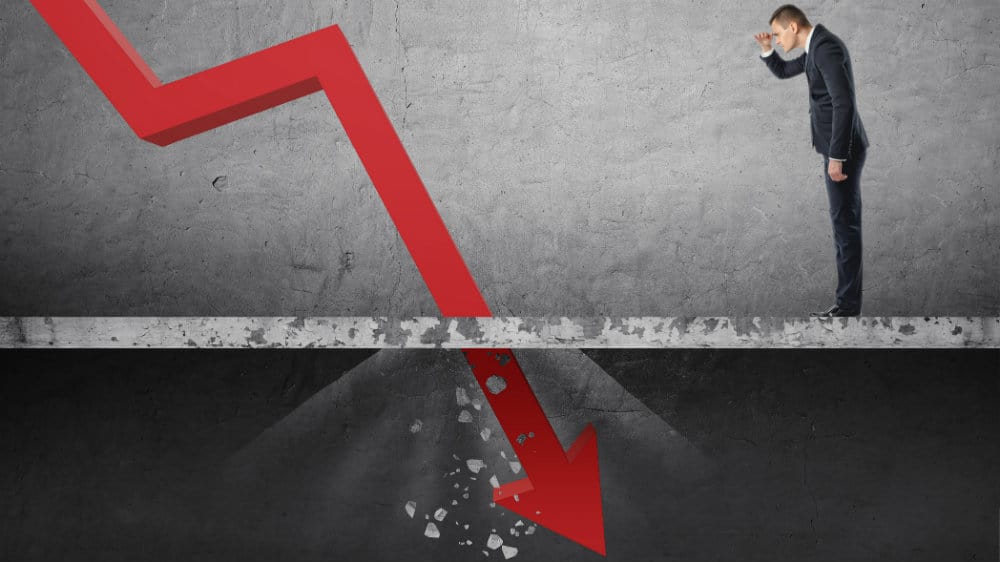Don’t look now, but the TSX Index just posted its first three-day winning streak in around two months, surging a staggering 20% off Monday’s bottom. The U.S. markets also rebounded approximately 20%, marking the best three-day jump in almost 90 years. If you panic sold and missed the last three days, you missed out on a massive 20% jump and will have to buy back at now much higher prices.
In a prior piece, I’d warned investors rattled by the coronavirus crash that a market rebound could be just as sharp, if not sharper, than the crash. Market volatility indeed goes both ways, but you’ll only hear about it when the markets are tanking with no end in sight.
The market crash of 2020 shined a light on the overlooked risk of not being liquid enough when market liquidity dries up and not having enough cash to prep for emergency situations. Insufficient liquidity and a lack of cash had many investors backed into a corner, with pressure to sell investments even if they had no desire to do so.
Illiquidity: An overlooked danger to everyday investors when panic hits
All it took was three days to produce gains that would typically take just over two years.
This goes to show the true danger of trying to “time the market” in a time of unprecedented off-the-charts volatility. It’s not the quick paper losses that rack up that’s to be feared, it’s the thought of turning what could be a non-event into something that could cripple your portfolio and your retirement plan.
Sadly, the coronavirus, which causes the highly infectious deadly COVID-19 disease, caused a wave of layoffs around the world, enticing many investors to have no other option but to liquidate some of their investments on the decline to make ends meet.
Approximately 3.3 million lost their employment in the U.S., and one million (and counting) applied for Employment Insurance (EI) just last week. Anyone put in such a situation with no emergency fund has no other choice but to sell at a loss, so they can cover their living expenses.
It was a devastating blow to many individual investors. But the last month goes to show the value of keeping one’s powder dry and that there’s no substitute for cold, hard cash when a crisis hits. Safe-haven assets like bond ETFs, crypto, REITs, gold, and bond proxies all sold off viciously amid the market crash of 2020, leaving no places, other than cash, to hide from the pandemic pullback.
In short, the real risk to investors is being 100% invested in stocks (or other less-liquid investments), with no emergency fund at one’s disposal. Last month was an emergency for many, and a lack of liquidity left many with no options other than to hit the sell button.
Market crash of 2020: Is it safe to get back into the TSX Index waters?
For those who now have enough cash to put back to work, a natural question is whether the last three days of buying are sustainable or if it’s another dead cat’s bounce that could leave impatient investors holding the bag.
With the TSX Index bouncing a whopping 20% in just three days, I’d be reluctant to chase the market, especially if you’re looking to buy back some of the stock you sold on the way down.
Stocks could stand to surrender some of the quick gains at the drop of a hat. So, like buying on the way down, I’d urge investors to nibble gradually on the way up with plenty of cash to put to work over the coming months, so you’re not left kicking yourself should this recent bounce be a sucker’s rally.
Wild daily market swings between 5% and 10% are the new norm, so don’t bite on any single-day move, because any move is easily reversible in this kind of market.
Foolish takeaway on the market crash of 2020
Stay patient. And don’t exhaust your cash reserves at any one instance, especially if you’re worried about job security. Every investor needs an emergency fund, and it doesn’t matter which direction they think the markets are headed next.
The only thing that’s almost as dangerous as selling after a 20% crash is buying after a massive 20% pop. That’s not to say there aren’t any opportunities, though. You just have to pick your spots carefully and stay liquid.










